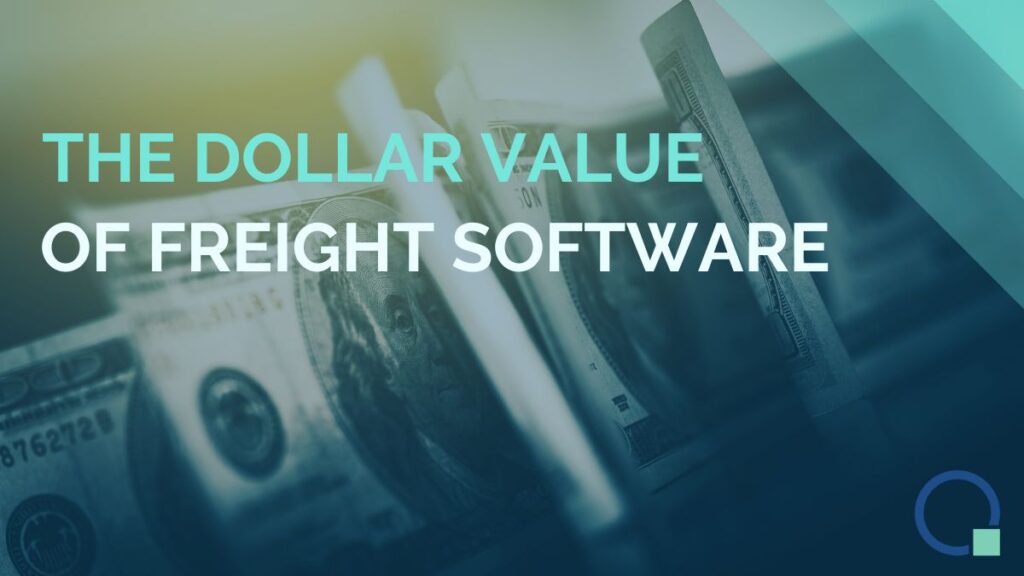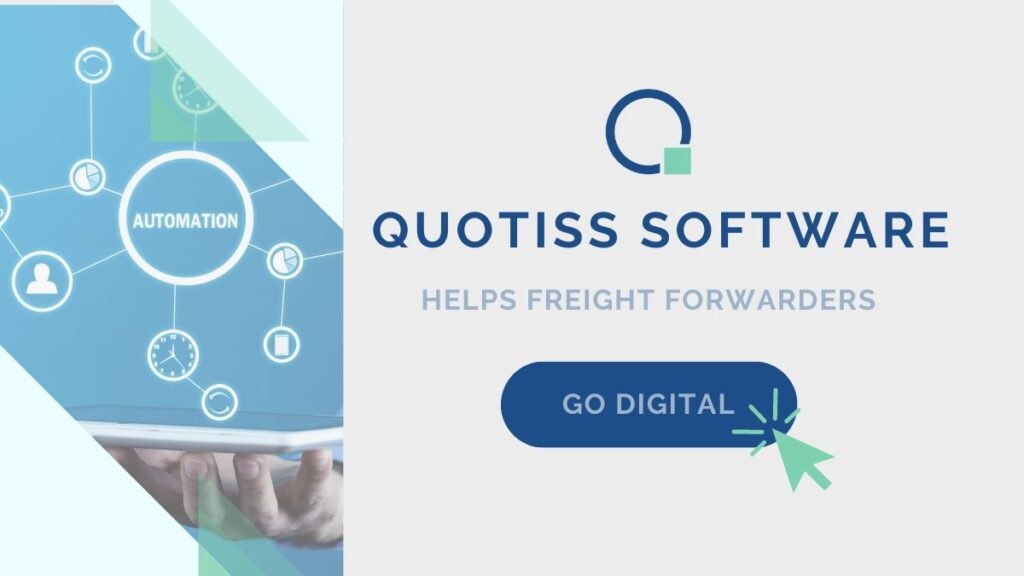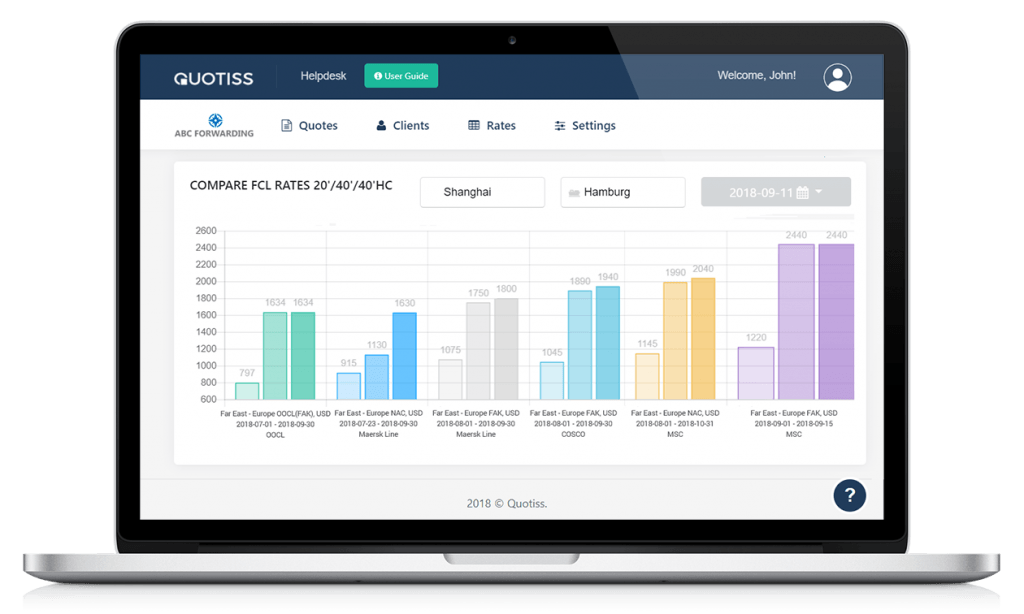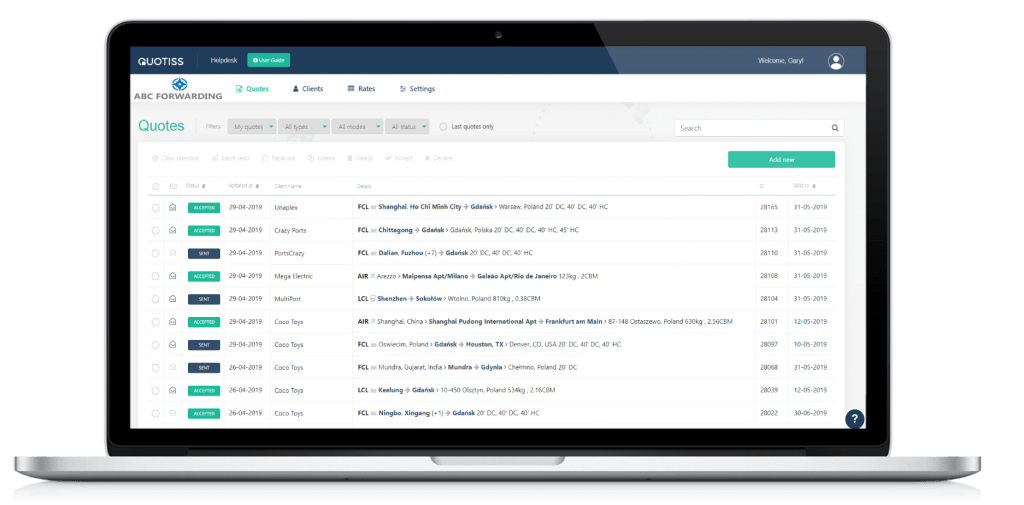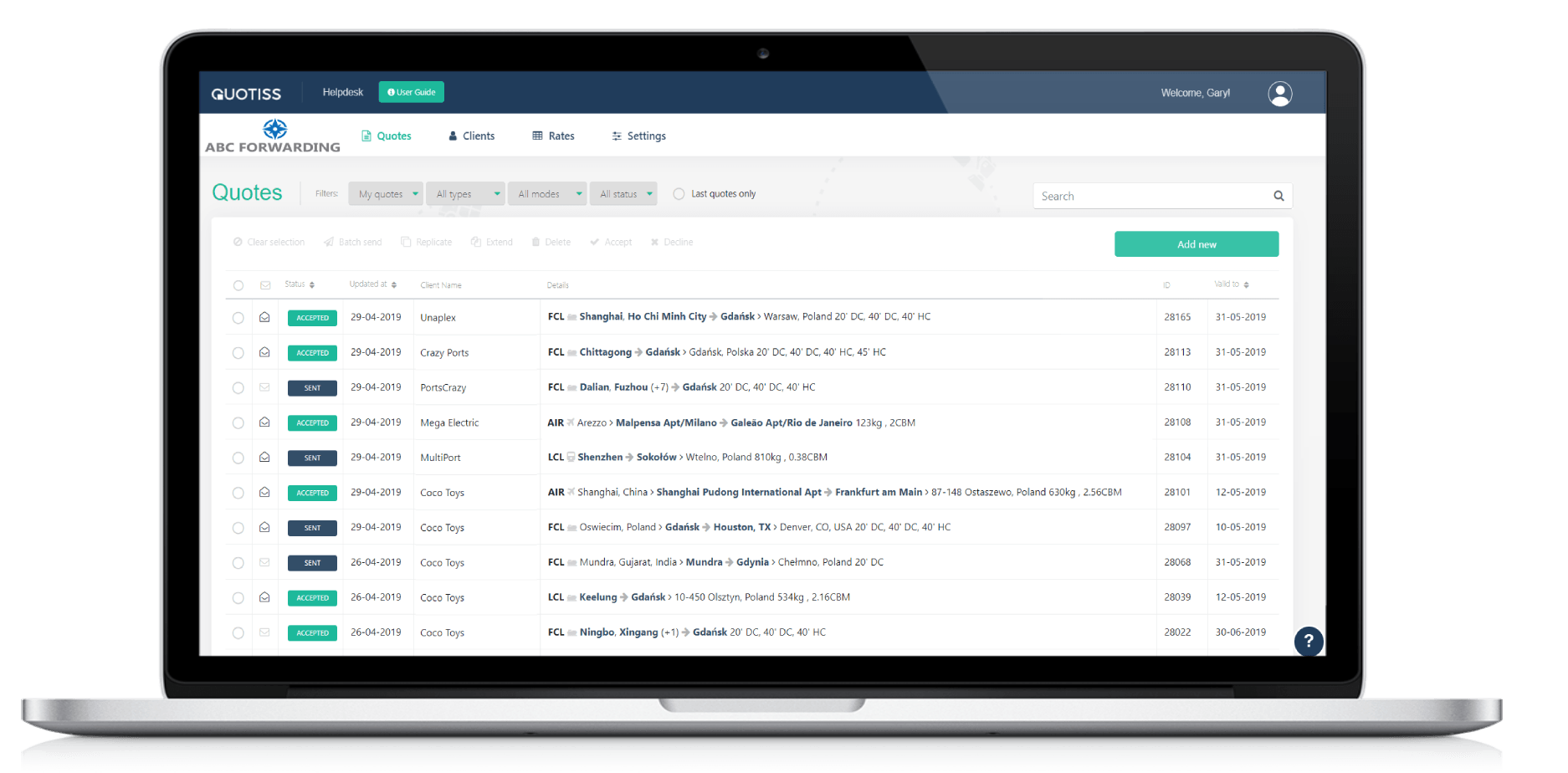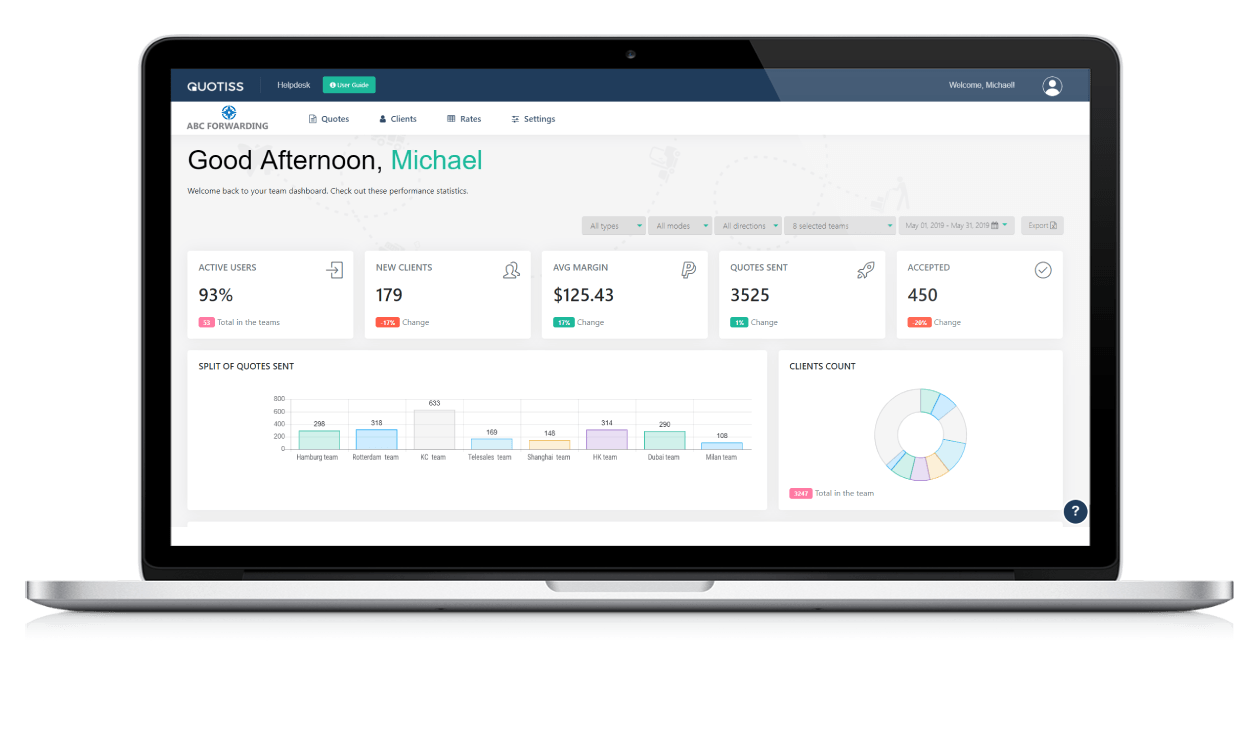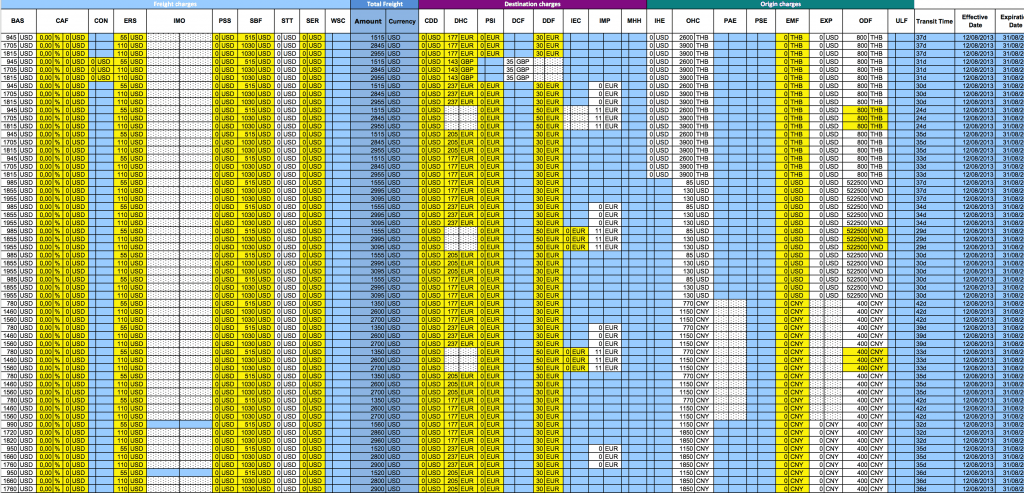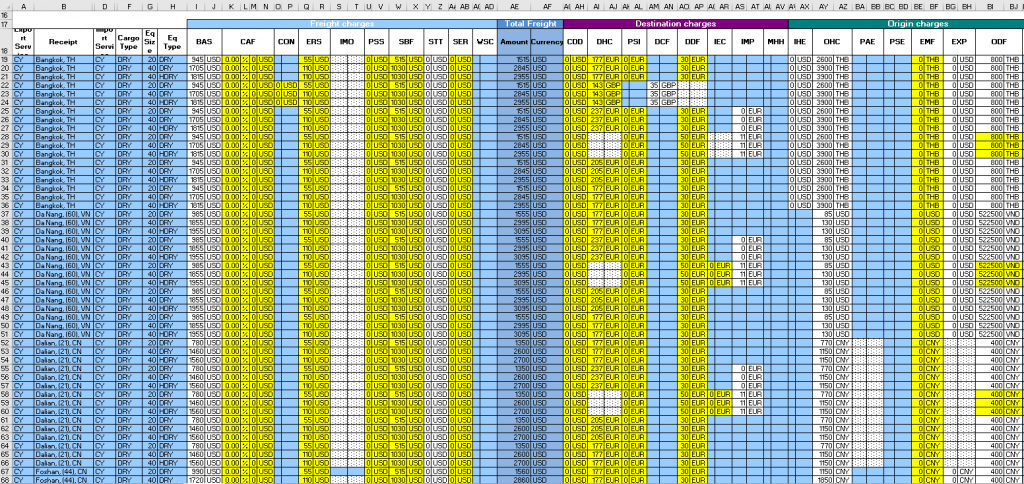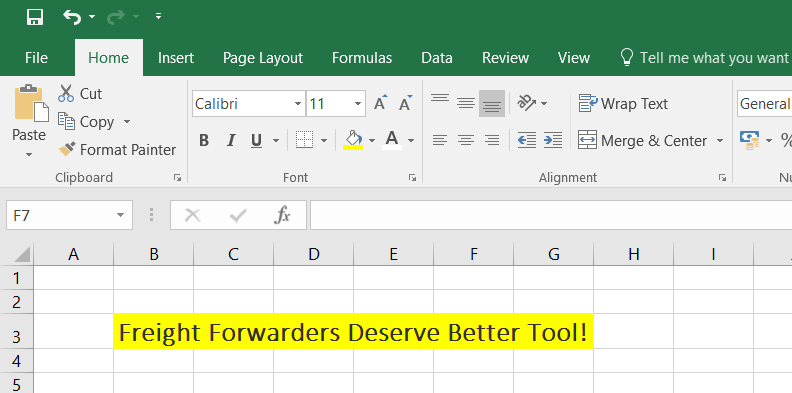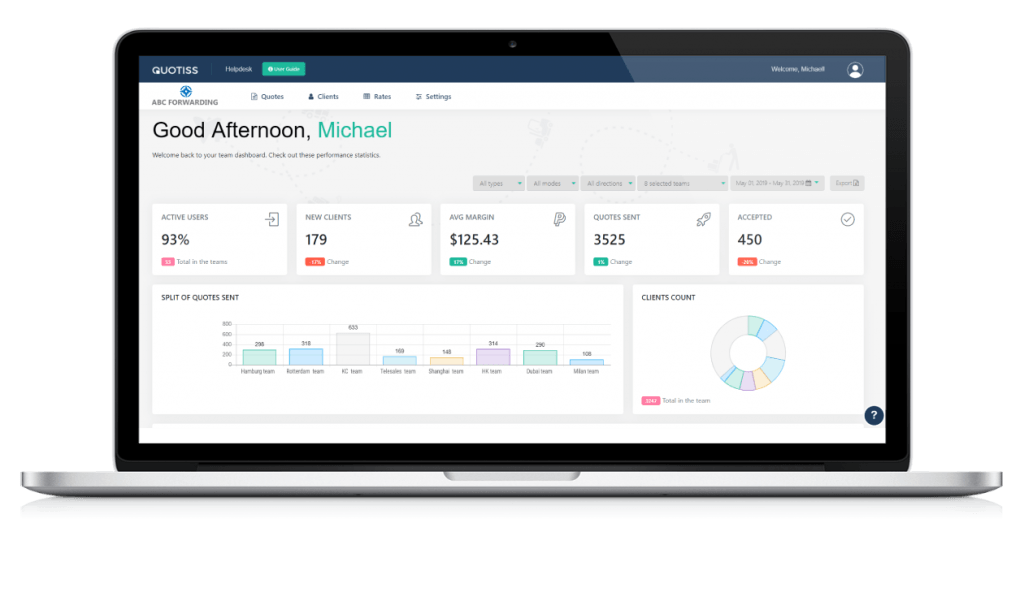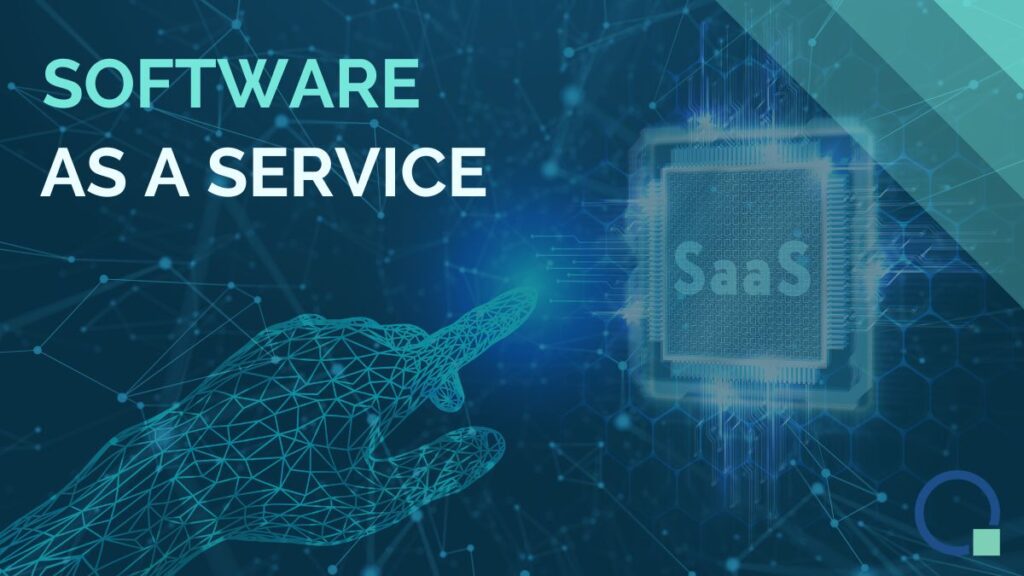2 Faces of Freight Digitalization
The term “Digital Freight Forwarder” has become the synonym of Freight Digitalization, and Flexport is the first company name that comes to mind. Flexport secured the largest amount of venture capital money ever invested in the logistics startups to date. With over 1 billion USD to spend on IT and business development, Flexport is definitely the most popular name on the forwarding horizon when it comes to innovation in logistics. Everyone is watching them, waiting for their next step.
The hype around digital freight is on for the last 5 years or so. The top tier carriers and forwarders invest in expensive custom-made software solutions, blockchain technology, online platforms, etc. However, to date, there was no major breakthrough that would turn the industry upside down (think of booking.com or Uber revolutions).
It looks like the digital revolution in freight is not the question of money or effort invested in it. There is something bigger to hold down the modernization of the industry, no matter how much resources companies are putting into it.
Customer-Facing Freight Digitalization
When you hear the term “Digital Freight Forwarder”, what is the first digital service that comes to mind?
Most likely, it is online freight rates or online bookings. Maybe, access to online shipment tracking. We can call it Customer-Facing Digitalization – everything to enable a client of a freight forwarder to access the relevant rate and shipment information online and skip unnecessary calls and emails. These days, most of the resources in logistics are focused on this type of digital service automation.
There are clear savings and efficiency gains for the end client, but there is a limitation too – you can only be as digital as your suppliers, no matter how hard you try.
Internal Freight Digitalization
On the other hand, there is an Internal Digitalization. There are plenty of inefficiencies in the internal commercial business processes starting from rate procurement, to formatting the ratesheets, to quoting freight rates, to following up on the client’s feedback, to handling invoice disputes, etc.
Digitalization can significantly improve the work process, resulting in greater profitability. These improvements mostly come from the reduction of manual processes in the commercial departments – time-consuming and error-prone manual routines. For example, automating the process of searching and aggregating freight rates can save at least 30% of the sales reps’ time.
The internal process is not directly visible to the client, so it is usually being neglected instead of being digitized and fixed.
Bet on Internal Freight Digitization and Win
Flexport is now driving the change towards freight digitalization in the industry, and the pace is getting faster. It is a warning sign to those freight forwarders who do not have the digital strategy yet. But they should not be afraid of Flexport online service frontend. Instead, they should worry about their own backend – internal inefficiencies, which drive their costs up and sales performance down. It’s the backend that matters the most.
Have you ever considered using modern software to automate your sales? Even as a small or medium-sized freight forwarder, you can apply the right freight software solution and increase your sales productivity while driving down the costs. When your business is driven by efficiency, it is directly related to your company’s bottom line: time is money, and the faster competitor wins the customer.
Quotiss is a practical freight software solution for freight forwarders, which simplifies the rate management and automates freight quotes of all types. It also acts as a CRM system, business analytics dashboard, marketing automation tool, and more. It is designed for the freight forwarders of any size and generates benefits from day 1.
Our clients rated us with 5-star reviews on Capterra. Sign up for the free trial now – go digital today.

